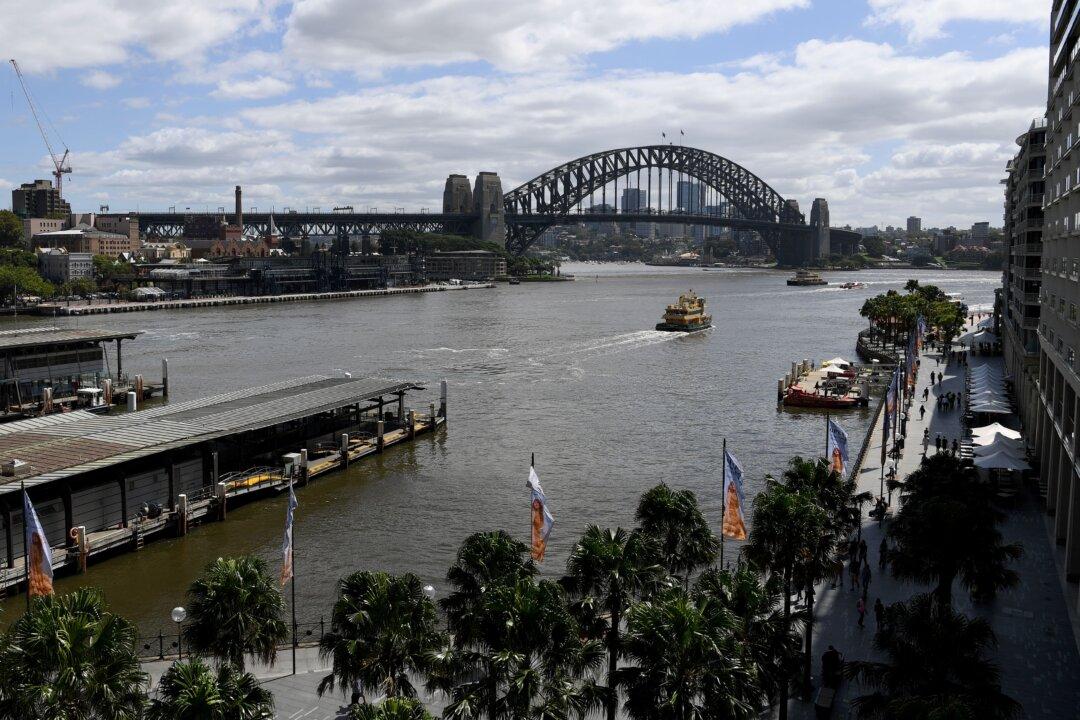Sydney’s iconic blue harbour has turned brown in the aftermath of the devasting eastern Australian rain bomb weather system.
Waterways and beaches around the city have been filled with sewage, debris, and other sources of pollution through stormwater systems and overflowing waste systems causing the water to change colour from its usual deep blue.





